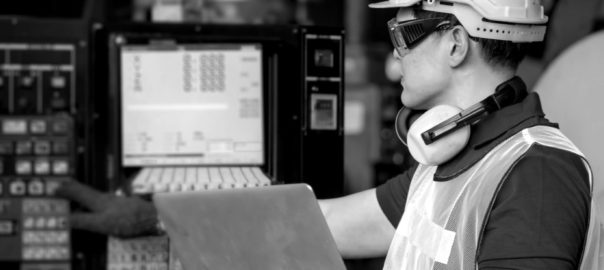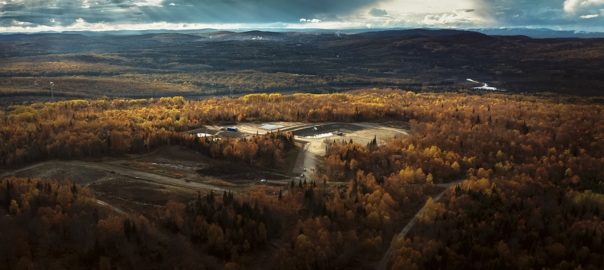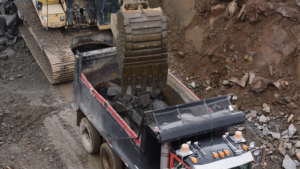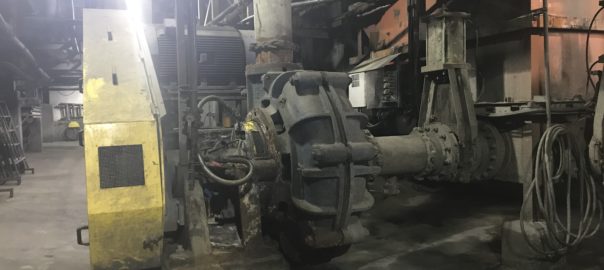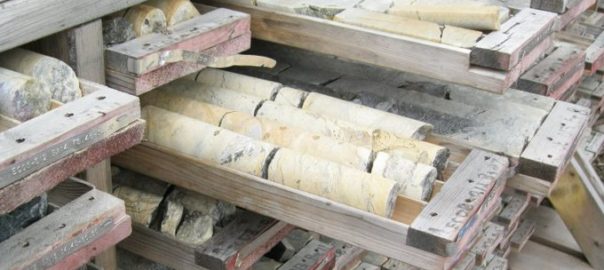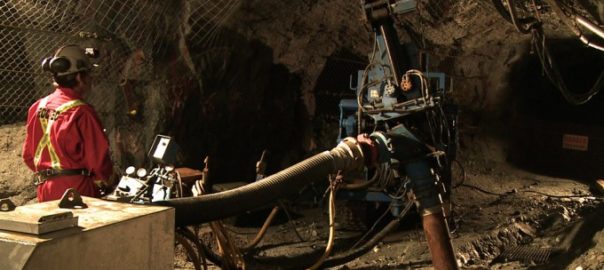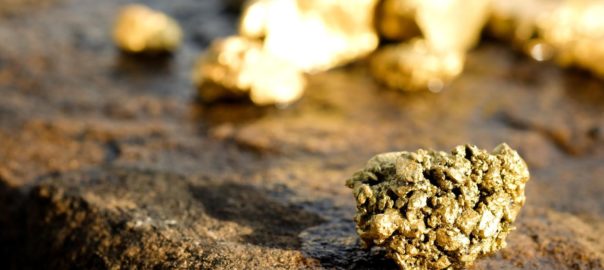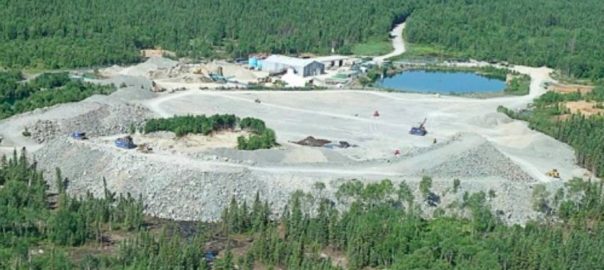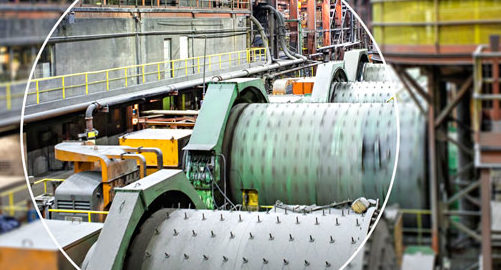Rio Tinto says it will become the first producer of high-quality scandium oxide in North America, with construction of a new commercial scale demonstration plant underway at its Rio Tinto Fer et Titane (RTFT) metallurgical complex in Sorel-Tracy, Quebec, Canada.
RTFT expects to begin commercial supply of scandium oxide in the June quarter of 2021. With its existing aluminium business, Rio says it is also well positioned to produce aluminium-scandium alloys to meet customer’s needs.
The company is investing $6 million for the construction of a first module in the plant, with an initial capacity to produce 3 t/y of scandium oxide, or approximately 20% of the current global market. The Government of Quebec is contributing around $650,000 to the project through the Quebec Plan for the Development of Critical and Strategic Minerals. The new plant will have the ability to add further modules in line with market demand, Rio says.
RTFT developed a process it has proven at pilot scale to extract high-purity scandium oxide from the waste streams of titanium dioxide production, without the need for any additional mining at its ilmenite mine in Havre-Saint-Pierre, Quebec.
Scandium oxide is used to improve the performance of solid oxide fuel cells, which are used as a power source for data centres and hospitals, as well as in niche products such as lasers and lighting for stadiums or studios. It is also used to produce high-performance aluminium-scandium master alloys for the aerospace, defence and 3D printing industries, according to Rio.
Rio Tinto Iron and Titanium Managing Director, Stéphane Leblanc, said: “We are proud to offer North America’s first reliable supply of scandium oxide using an innovative and sustainable process, with the construction of this new plant. Rio Tinto has been engaged in the exploration and production of rare earths and critical minerals globally for a number of years, to meet the demand in new and emerging technologies. With the support of Rio Tinto’s aluminium business, we are uniquely positioned to deliver aluminium-scandium master alloys and develop synergies with North America’s manufacturing supply chain.”
Quebec Minister of Energy and Natural Resources, Jonatan Julien, said: “RTFT’s scandium oxide valorisation project is a concrete example of how we can extract value from our mining wastes. It demonstrates our ability to innovate and seize business opportunities in a growing market as we strive to ensure secure supplies of critical minerals. This business has the potential to become a major scandium supplier outside China.”
Both the high-quality scandium oxide and aluminium-scandium master alloy will be commercialised under the business brand name Element North 21.







